
Using a diagnostic threshold of at least 1 paramagnetic rim lesion, MS was identified with a sensitivity of 80% and specificity of 88%, which increased to 95% after excluding patients with RIS and CIS.

Using a diagnostic threshold of at least 1 paramagnetic rim lesion, MS was identified with a sensitivity of 80% and specificity of 88%, which increased to 95% after excluding patients with RIS and CIS.
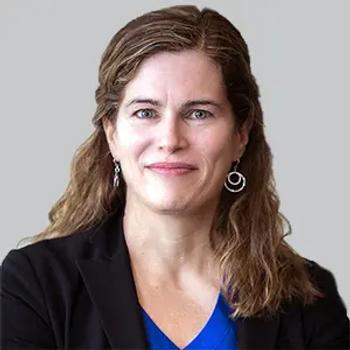
Additional study is required to further investigate the integration of FES cycling into clinical practice for management of SPMS.
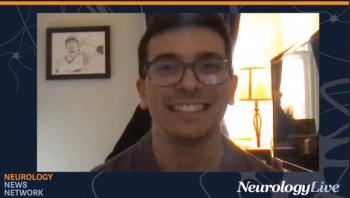
Neurology News Network for the week ending February 26, 2022. [WATCH TIME: 3 minutes]

Investigators concluded that the Multiple Sclerosis Disease Activity test can assist in monitoring therapeutic response to glatiramer acetate and biologic agents.

Take 5 minutes to catch up on NeurologyLive®'s highlights from the week ending February 25, 2022.
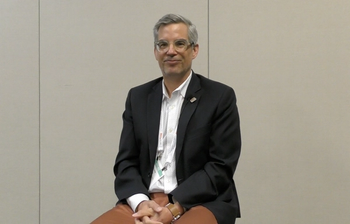
At the ACTRIMS Forum 2022, the executive vice president of the National MS Society commented on the need to diagnose and initiate treatment for MS early, as well as employing wellness strategies to reduce risk of comorbidities. [WATCH TIME: 4 minutes]

At the 12- and 24-week time points, patients in both diet groups demonstrated statistically significant differences in total cholesterol, low-density lipoprotein, body weight, and body mass index.

For patients who remained on 60-mg tolebrutinib through Part B of the study, the number of new Gadolinium-enhancing lesions and new/enlarging T2 lesions remained low.

Mind Moments®, a podcast from NeurologyLive®, brings you an exclusive interview with Konstantin Karmazin, MD. [LISTEN TIME: 26 minutes]
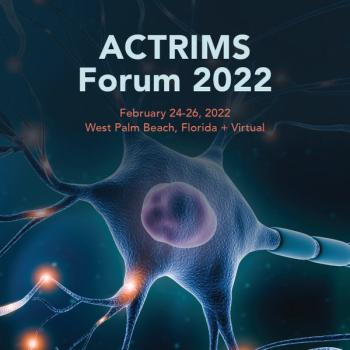
Investigators caution health care providers to consider specific risks of severe COVID-19 infection before initiating this therapy.

The executive vice president of the National MS Society spoke on the updated data from an analysis on economic burden, which illustrated the ‘staggering’ impact of the disease. [WATCH TIME: 4 minutes]

Investigators conducted a study to assess the effects of CR diet on immune cell subsets, concluding that observed changes could be mediated by changes in classes of lipid metabolites.

There were no statistically significant differences in infusion-related reactions among patients with multiple sclerosis who tested positive or negative for treatment-emergent antidrug antibodies.
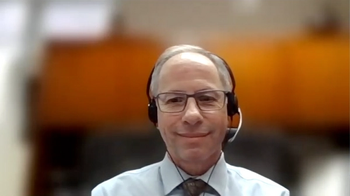
The professor of neurology at Cleveland Clinic and president of ACTRIMS noted his excitement for this year’s Forum, which will feature presentations on a variety of topics in the field of multiple sclerosis. [WATCH TIME: 2 minutes]

After 12 months of treatment, the 2 disease-modifying therapies were comparable in efficacy, with less treatment switching and discontinuation in cladribine-treated patients.

Konstantin Karmazin, MD, outlined the potential future initiatives for Prime PD, including incorporating advanced practice providers into the model.

Despite the majority of program directors reporting the importance of training in cerebral palsy, they also felt that residents were not very well prepared to manage the condition
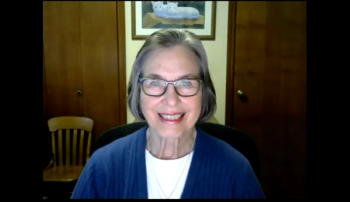
The Distinguished Professor Emerita at Indiana University School of Nursing spoke on what the task force discovered in a review of literature on stigma from 1985 through 2019. [WATCH TIME: 7 minutes]

After Rapid LVO installation, CTA to groin puncture time decreased and 90-day clinical outcomes, expressed using modified Rankin Scale, were improved.
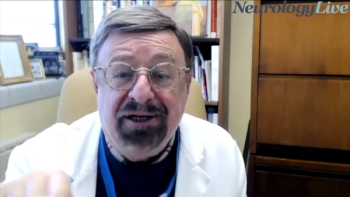
The director of Geriatric Psychiatry at the St Louis University School of Medicine discussed the need to improve awareness of the signs of psychiatric-related symptoms and to eliminate the stigmas associated with them. [WATCH TIME: 3 minutes]

The assistant director of the Allegheny Headache Center provided context on a recently created headache registry and the need to prioritize treatment outcomes that matter to patients.

The study found the approach could be utilized in the intensive care unit without adverse effects on neurological or functional outcomes.

Konstantin Karmazin, MD, clinical neurologist and chief medical officer of Prime PD, outlined the goals of the platform, as well as the variety of fitness programs offered for subscribers.

The Distinguished Professor Emerita at Indiana University School of Nursing spoke on the prevalence of stigma in the field of epilepsy and how it can affect the daily life of patients. [WATCH TIME: 4 minutes]

Investigators concluded that despite the linear relation between plasma concentration and dose, monitoring of fenfluramine is clinically relevant due to its high interpatient pharmacokinetic variability.
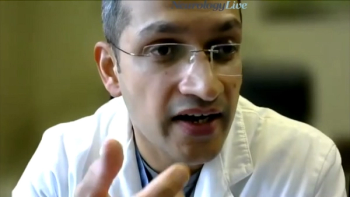
The vascular neurologist at Allegheny Health Network provided an overview of the RapidAI and how it is evolving the way clinicians manage and treat patients who present with stroke. [WATCH TIME: 4 minutes]
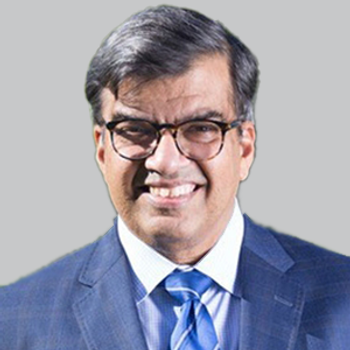
Tahseen Mozaffar, MD, FAAN, spoke on recently reported positive interim safety data from the phase 1/2 FORTIS study, noting that the treatment was thus far safe and well-tolerated in patients.

When adding Nerivio’s Guided Imagery, Education and Relaxation, or GIER, behavioral intervention, 79.4% of responders achieved consistent pain relief compared with 56.8% of those treated solely with the REN device.

The resubmission includes additional data from the phase 2 Study -019 and the pivotal phase 3 HARMONY study, which showed a significant 2.8-fold reduction in the risk of relapse of psychosis.
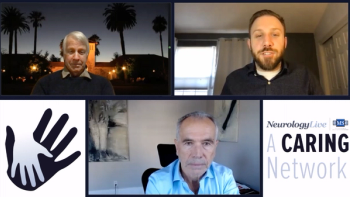
Alberto Ascherio, MD, DrPH, and Lawrence Steinman, MD, join NeurologyLive in a conversation about the clinical and research implications of a causative relationship between Epstein-Barr virus and multiple sclerosis.